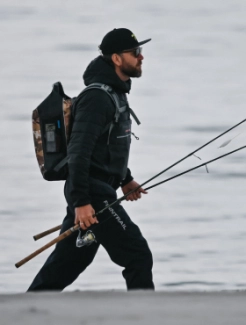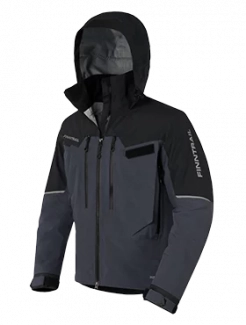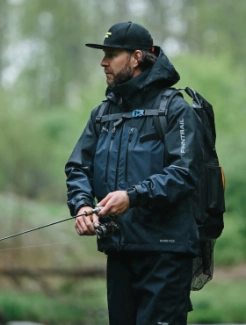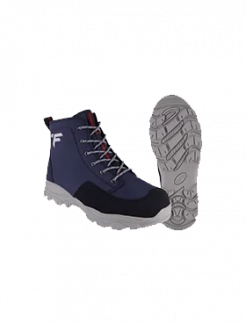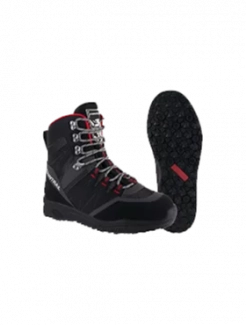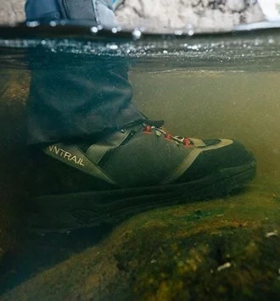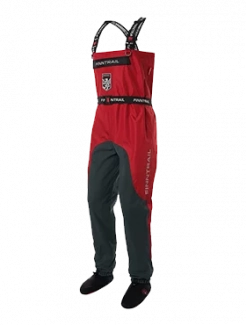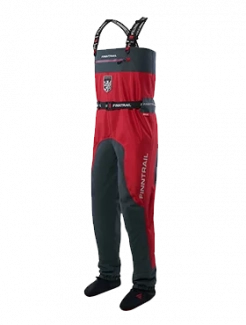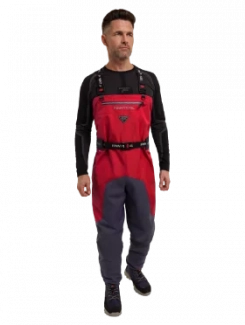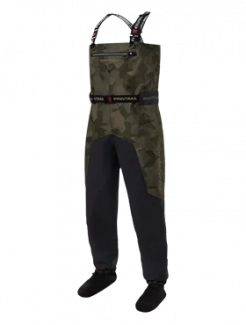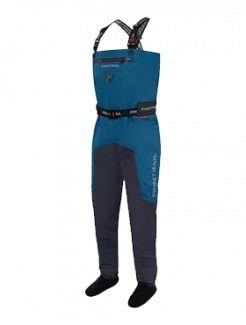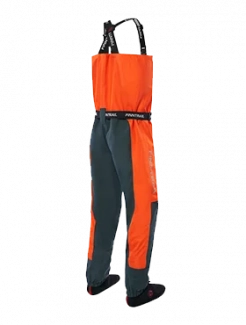Mastering Light Tackle: How to Land Big Freshwater Fish
Catching trophy-sized freshwater fish on light tackle is one of the most thrilling challenges an angler can experience. There’s something deeply satisfying about testing your finesse, patience, and skill against a powerful fish when you know your line, rod, and reel are operating close to their limits. Whether you’re chasing largemouth bass, pike, or monster catfish, mastering light tackle fishing opens up a world of excitement — and helps you become a more strategic, adaptable angler.
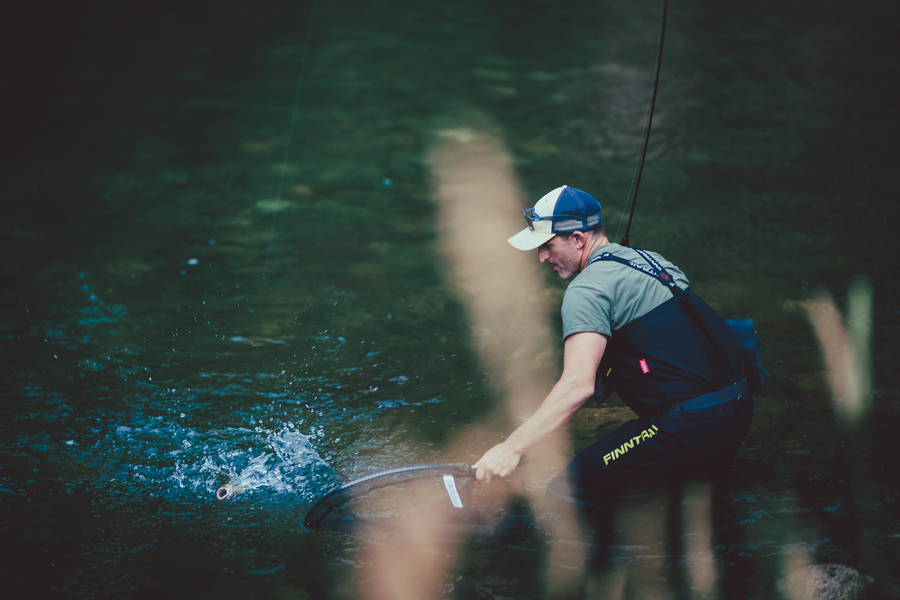
What Is Light Tackle Fishing?
Light tackle fishing refers to using lighter rods, smaller reels, and thinner lines than what is typically used for the target species. The goal isn’t to handicap yourself but to increase the sport’s finesse and fun. Light setups make every catch feel more alive, transmitting every vibration and movement from the fish to your hands.
In freshwater, light tackle setups are especially effective for species that spook easily in clear or pressured waters. The lighter presentation often results in more strikes because it looks and moves more naturally. However, once that big fish bites, your technique becomes the deciding factor between landing a trophy or telling the story of “the one that got away.”
Choosing the Right Light Tackle Fishing Rod
Your light tackle rod is the backbone of your setup. The right rod provides sensitivity, flexibility, and just enough backbone to handle large fish. For freshwater use, rods between 6 and 7 feet are ideal for versatility. Look for:
-
Power: light or medium-light power gives you enough bend for delicate presentations while still maintaining strength to control a big fish.
-
Action: a fast action rod helps set the hook quickly and provides control when battling aggressive fish.
-
Material: graphite rods are preferred for their sensitivity and lightweight feel, while composite models add durability for tougher conditions.
When choosing a light tackle fishing rod, balance it with a matching reel and line. A 1000–2500 size spinning reel paired with 4–8 lb test monofilament or 10–15 lb braided line is a perfect starting point.
Building Your Light Fishing Tackle Setup
To maximize your chances with light fishing tackle, every component matters. Small changes can make a big difference in both casting distance and your ability to land big fish.
-
Reel: choose a smooth-drag reel; drag performance is critical when fighting larger fish on light line.
-
Line: monofilament offers stretch and forgiveness, while braid provides superior sensitivity and hook-setting power. Add a fluorocarbon leader for invisibility in clear water.
-
Hooks and Lures: match your lure size to your setup. Lighter lines cast smaller lures farther and more accurately, making finesse techniques like drop-shotting, Ned rigs, and small jerkbaits highly effective.
Keep your light fishing tackle simple but versatile. A well-organized tackle box with a range of jig heads, soft plastics, small spoons, and inline spinners will prepare you for most freshwater scenarios.
Techniques for Catching Big Fish on Light Tackle
When it comes to catching big fish on light tackle fishing gear, finesse and patience are everything. Here are some proven tactics:
-
Play the Fish, Don’t Force It
When a big fish takes the bait, resist the urge to muscle it in. Let your drag and rod do the work. Maintain steady pressure and avoid sudden jerks that could snap your line. -
Use the Rod Angle to Your Advantage
A light tackle fishing rod has a lot of bend — use it! Keep your rod tip high to absorb shock and steer the fish away from cover. -
Adjust Your Drag Constantly
The drag system is your best friend in light tackle fishing. Keep it loose enough for the fish to run, but tight enough to wear it down over time. -
Stay Mobile and Read the Water
Big fish often lurk near structures or drop-offs. Use your light tackle to make precise casts near weed lines, submerged logs, or rocky points. Subtle presentations and quiet movements can make all the difference. -
Keep Your Knots Perfect
When using a light line, your weakest point is often the knot. Master the double uni knot or improved clinch knot to maximize strength and reliability.
Benefits of Light Tackle Fishing
Light tackle fishing offers more than just an adrenaline rush — it enhances your angling skills. You learn to fight fish strategically, understand their behavior, and fine-tune your presentation. It also makes even smaller catches feel rewarding and turns every trip into a challenge worth remembering.
From an environmental perspective, using lighter gear promotes catch-and-release fishing by reducing the likelihood of deep-hooking fish. It’s a sustainable, exciting way to enjoy freshwater angling.
Final Thoughts
Catching big freshwater fish on light tackle is an art form that combines technique, patience, and respect for the fish. With the right light tackle fishing rod, balanced gear, and thoughtful approach, you’ll experience the thrill of every head shake and run like never before.
So next time you hit the water, leave the heavy gear at home and challenge yourself with a light setup. You’ll not only improve your fishing skills but also rediscover the pure joy of connecting directly with the fight — one cast at a time.


